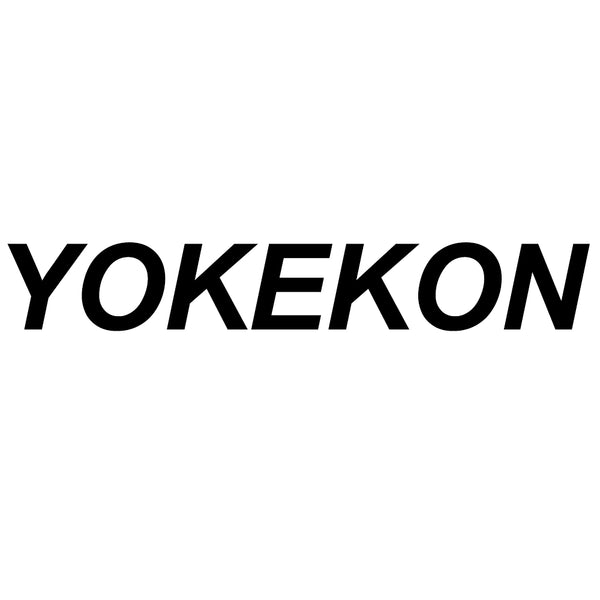With the prolonged spread of COVID-19, people start to pay more attention to not only household disinfection, but also disinfection in public spaces. Since COVID-19 is transmitted through aerosol, it is highly possible that people will get infected through visiting these public spaces, if the air there is not properly disinfected. In fact, different countries have adopted different methods for air disinfection in public spaces. In the following article, we would like to introduce the air disinfection guidelines of Japan, Singapore, and China.

Japan
In Japan, surface disinfection in public spaces is given more attention, as for air disinfection, ventilation is considered as the main method against COVID-19. According to the guideline of the Ministry of Health, Labor and Welfare:
-
In order to discharge aerosol which potentially contains coronavirus to the outside, it is necessary to conduct ventilation frequently.
-
When ventilating, please make sure that the indoor temperature does not rise or drop significantly. Open the windows on both sides of the room for a few minutes at least twice an hour.

Spraying disinfectants is not recommended as :
-
Spraying disinfectants can result in risks to the eyes, respiratory or skin irritation, and the resulting health effects.
-
Up to now, there is no example of effective and safe spraying methods for disinfectants. In addition, no pharmaceuticals or quasi-drugs have been proved to be effective and safe in terms of removing contaminants in the air.
-
In particular, spraying or fogging sodium hypochlorite is NOT recommended due to adverse health effects on people in facilities where these methods have been utilized.
Please see https://www.mhlw.go.jp/stf/seisakunitsuite/bunya/syoudoku_00001.html for detail

COVID-19 Fact sheet (last updated 21 July from Johns Hopkins University
Coronavirus Resource Center)
|
Total confirmed |
26,328 |
|
Total death |
988 |
|
Total recovered |
20,001 |

Singapore
Singapore follows a similar guideline with Japan, as surface disinfection and ventilation are more emphasized. Based on NEA (National Environment Agency)'s guideline:
-
When conducting disinfection for public space, please keep the windows open for ventilation.
-
Mop the floor with the prepared disinfectant or bleach solution, starting from one end of the home to another.
-
Soak cloths with the prepared disinfectant or bleach solution and use them to wipe all frequently touched areas (e.g. handles, doorknobs, armrests, seatbacks, tables, keyboards, mouse, switches, blinds, windows, walls, etc.) and toilet surfaces.

* Avoid using a spray pack to apply disinfectant as it may create splashes which can further spread the virus. Also, alcohol-based disinfectant is flammable, do not spray it into the air.
Please see https://www.nea.gov.sg/our-services/public-cleanliness/environmental-cleaning-guidelines/cleaning-and-disinfection/guidelines/interim-guidelines-for-environmental-cleaning-and-disinfection-in-residences for details

COVID-19 Fact sheet (last updated 21 July from Johns Hopkins University
Coronavirus Resource Center)
|
Total confirmed |
48,434 |
|
Total death |
27 |
|
Total recovered |
44,584 |

China
In China, more methods are applied for air disinfection in public spaces than that of Japan and Singapore.
First of all, ventilation:
-
Regular ventilation to maintain the indoor air circulation is recommended. Please open the windows on both sides of the room 2-3 times a day for at least 30 minutes each time.
-
Natural ventilation is sufficient for places such as schools, shopping malls, and public vehicles. However, as for medical institutions, it is recommended to use both natural ventilation and ventilation done by specific machines.
Also, UV irradiation is applied for disinfection:
-
UV light of 1.5 W / m3 or more is used 2-3 times a day for 30 minutes or more each time in indoor spaces to conduct disinfection. Please make sure that there is no person inside the room while disinfecting.
There is also a chemical disinfection method known as spraying:
-
Disinfectants such as 0.5% peracetic acid, 1%-3% hydrogen peroxide or 500mg/L chlorine dioxide are atomized into an aerosol spray of less than 20um, and then sprayed evenly in the air for about 1 hour with a specific machine. Please make sure that there is no person inside the room while disinfecting.

Click here to know more about the air disinfector.
-
Please close all the doors and windows before disinfecting. When spraying, spray from inner side to the outer side of the room with a certain order. After disinfection, be sure to ventilate before entering.
Please see http://k.sina.com.cn/article_1737737970_6793c6f202000v63j.html for details

COVID-19 Fact sheet (last updated 21 July from Johns Hopkins University
Coronavirus Resource Center)
|
Total confirmed |
85,314 |
|
Total death |
4,644 |
|
Total recovered |
80,018 |

In this article, we have introduced the common air disinfection practices for public spaces of three countries -- Japan, Singapore, and China. Hope this piece of information could act as a reference and help your institution improve the current air disinfection method.

